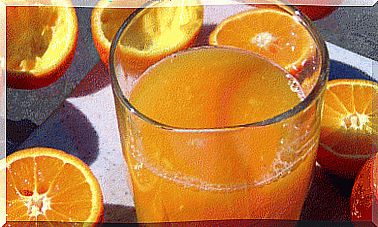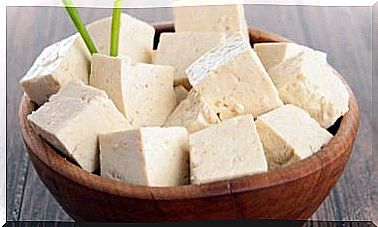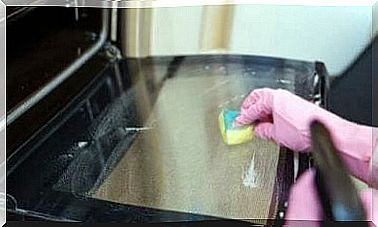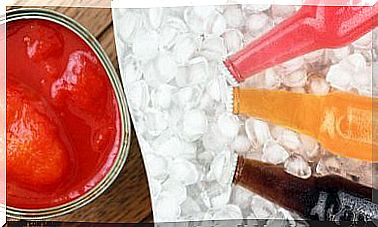7 Food Combinations To Avoid

Find out why these 7 less-than-recommended food combinations are as important or more than choosing what you eat.
Why should we learn to combine?
If we follow these suggestions for food combinations, we can get the following benefits:
- Faster digestion without discomfort such as acidity, gas or flatulence.
- Less sleep after eating and more energy
- Easier to get our weight balanced, whether we want to gain or lose weight.
- Improved bowel function.
In the long run we can improve other chronic disorders.
Food Combinations That Are Unhealthy
The ideal is to avoid as much as possible combining too many foods in the same meal. For this reason, those banquets at which people eat different types of food and, moreover, in excess, are often so harmful.
Next, we review the food combinations that most harm our health. Check out.
1. The melon and the watermelon
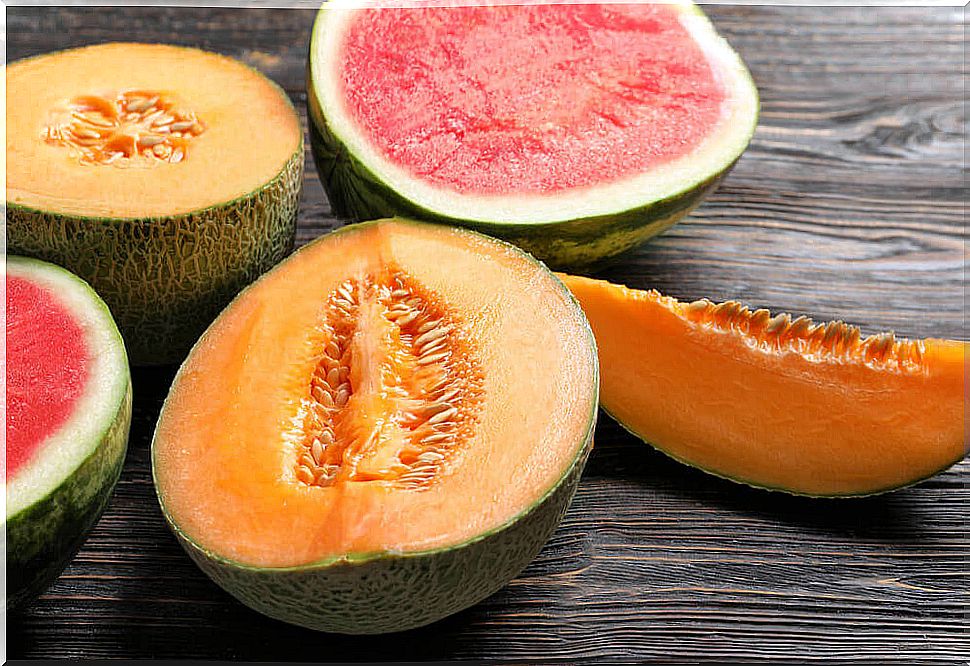
These fruits, which are often consumed as a dessert or even with salty foods, are very harmful when mixed with any food.
They are rich in water and fiber and, although they contain a lot of vitamins and minerals, they have a cold nature that forces us to eat them on an empty stomach and separately.
- The best time to consume one or the other is on an empty stomach, mid-morning or mid-afternoon, separated from any other food and even water.
2. Protein and starch
One of the food combinations that harms us the most, as it slows down digestion and makes us gain weight, is the mixture of protein and starch.
- Protein: meat, fish, egg, milk and dairy products, vegetables, nuts and seeds.
- Starch: cereals and flour recipes (noodles, bread, sweets), potatoes, rice, cooked vegetables rich in starch (pumpkin, carrots, yams, beets, artichokes), corn, peas.
The typical mixture of meat with potatoes and the like, although it is common in any menu, is not the healthiest option. Ideally, accompany any protein or starch dish with a ration of salad or raw vegetables.
3. Milk and dairy products

Considered a different type of protein from the rest, milk should not be combined with any other food. If we have no problems digesting it, we will always take it alone.
- On the other hand, dairy products such as yogurt or cheese should not be eaten together with starches.
- There is also a bad combination that, however, is very common, which is the sugar-sweetened yogurt.
4. Fruits at meals
The habit of eating fruit for dessert is not as healthy as we believe, especially if we consume starch. By doing it this way, the sugar in the fruits ferments in our stomach and makes digestion difficult.
- We can make an exception if we consume meat or fish along with salad (no potatoes or other starches).
In this case, we could accompany the protein with pineapple or papaya, two tropical fruits rich in enzymes that facilitate the digestive process.
- For the same reason, we should always avoid juices (which still contain more sugars) in food.
5. Different types of protein
One serving of protein per meal is enough to maintain a balanced diet. For this reason, it is not advisable to mix different types such as meat with vegetables.
Each food has its characteristics, which activate different digestive functions. By mixing them we make these natural processes difficult.
6. Vegetables don’t go well with everything
Vegetables go well with most foods. However, there are some exceptions:
- Milk
- sweet fruit
- watermelon and melon
- Sugar
7. Water during meals
Each day we should drink between 1 and 2 liters of water. However, many people who try to do this do so incorrectly, as they tend to drink heavily during meals or right after them.
This gives us a heavy stomach feeling when mixing water with gastric juice and food.
The ideal is to always drink on an empty stomach: fasting, mid-morning and mid-afternoon.

